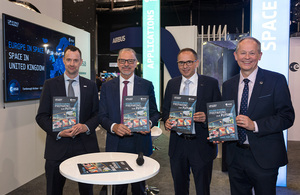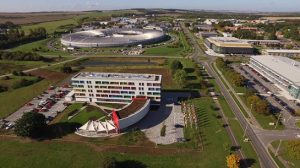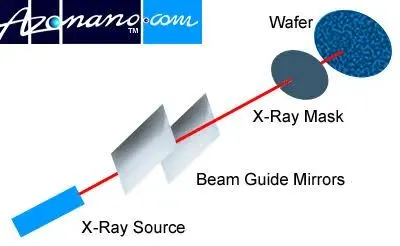
Specifically, they will aim to strengthen work on the centre’s 5G/6G hub with a focus on satellite telecommunications.
The agencies say they will also explore the potential for a space quantum technologies laboratory and the development of activities related to in-orbit servicing, assembly and manufacturing. It could result in doubling the ESA’s UK workforce, to 200 people.
The joint plan was announced during the Farnborough International Airshow.
Space
“ECSAT is ESA’s home in the UK and a vital facility for Europe’s overall space ambitions,” said ESA Director General Josef Aschbacher. “Together with the UK Space Agency we want to build on ECSAT’s leadership role in commercial space applications and telecommunications, push forward new initiatives in high-growth areas, deliver better services to all European citizens, and grow our UK workforce to 200 people by 2030.”
The UK Space Agency highlighted the possibility of a wider UK contribution to the global space industry.
“Together with ESA, we believe there is vast potential to build on the success of the ECSAT facility in Harwell, to support even more businesses, accelerate the development of new technologies and take advantage of the UK’s wider strengths in science and innovation,.
“As space is a growing industry, we are also taking concrete steps to improve the availability of dedicated training programmes, which will help address skills gaps identified by the sector.”
ECSAT
The ECSAT centre at Harwell, right, is the headquarters of ESA’s Directorate of Connectivity and Secure Communications.
It also supports work on commercialisation, Earth observation, human and robotic exploration and space technology.
It is the home of ESA’s Moonlight programme, the aforementioned 5G/6G hub and the ESA Climate Office.
Image: UK Space Agency / Max Alexander – From left to right: Dr Paul Bate, Josef Aschbacher, Laurent Jaffart and David Parker.
See also: ESA’s Earth Return Orbiter passes key testing milestone





